Cold climate gardeners are often restricted in their plant selection due to low temperatures and drying winds. Fortunately, many plants have adapted to withstand these challenging conditions – for example, hairy leaves which reduce moisture loss. Therefore, to ensure success in growing, it’s important to choose resilient plant species that can withstand harsher conditions. To learn how you should be organising your garden, follow through this guide to plants for cold and exposed areas.
Cold Tolerant Shrubs
Cold Tolerant Perennials
Cold Tolerant Conifers
Wind Scorch
Exposed gardens often endure strong winds and challenging winter soil conditions. The soil may dry out due to forceful winds, become waterlogged from heavy rain, or freeze in cold weather. These issues combined will lead to wind or leaf scorch, and the best way to prevent this from happening is providing windbreaks.
Wind-breaks
1. Hedges & Trees
When the wind reaches your row of hedges & trees it encounters resistance from the abundance of leaves and branches, therefore filtering the wind so it loses force and speed. This is the most attractive and long-lasting method.
2. Artificial Wind-breaks
You can install screening such as woven hurdles or plastic netting for immediate protection. Solid barriers are impractical as they lead to damaging eddies of wind.
Your wind-break must be wider than the area requiring protection to prevent wind from slipping around the edges.
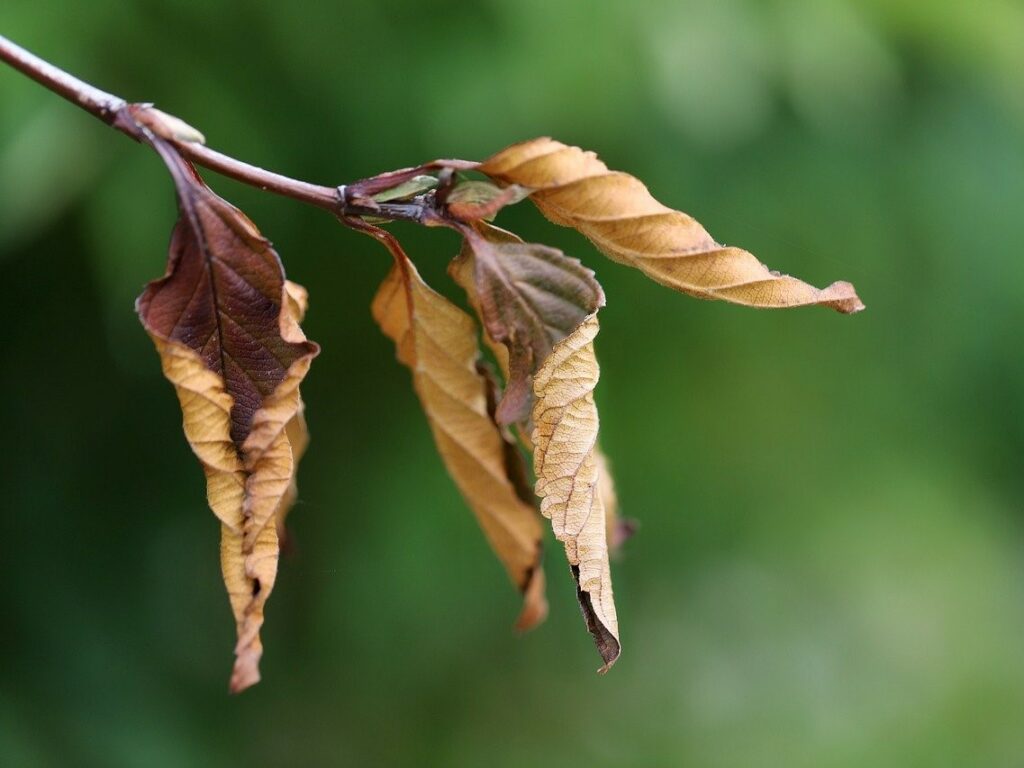
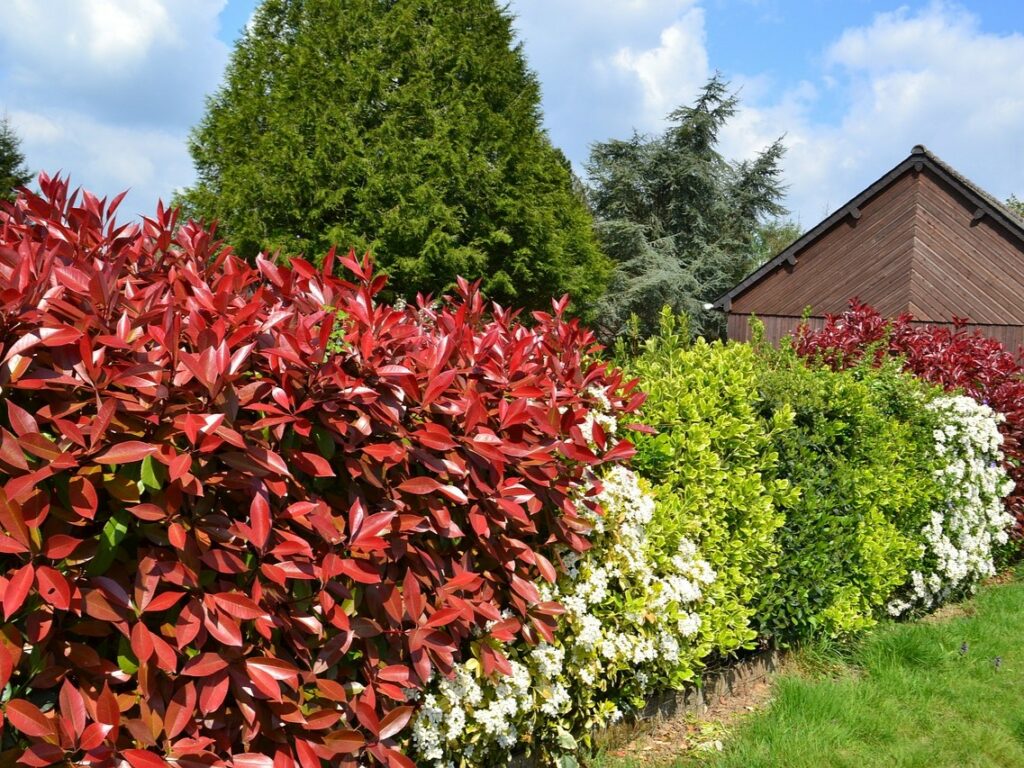
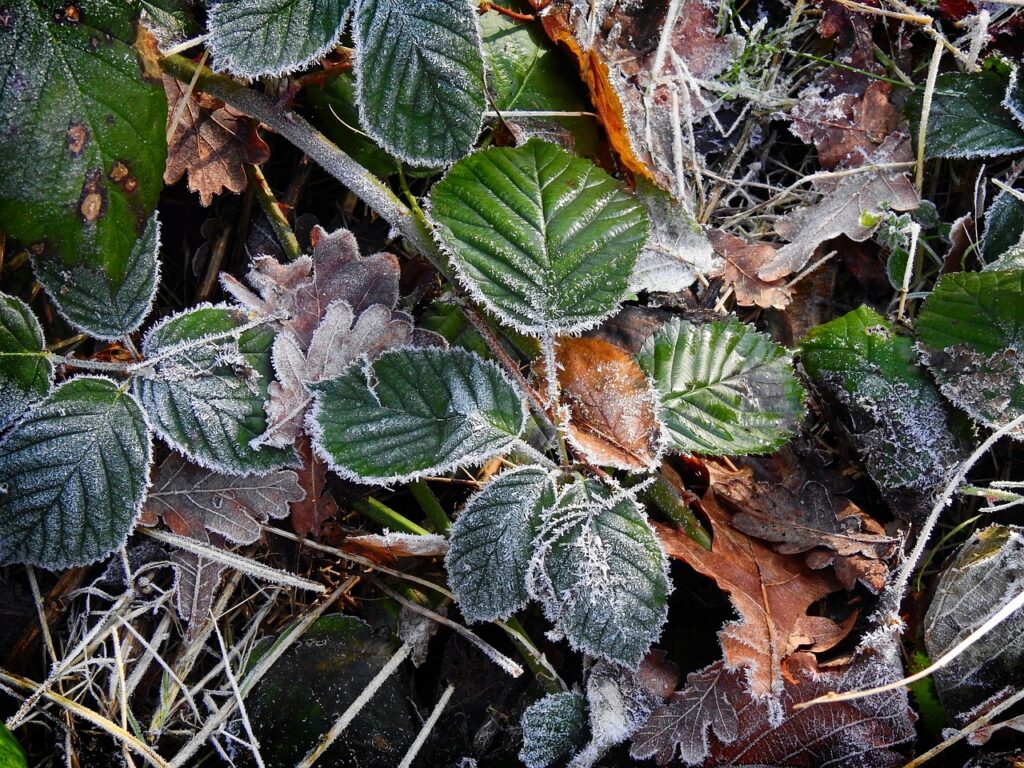
Preparing The Space
Enhance the soil quality
Cold and exposed areas may have soil that is less fertile and slower to warm up. You can enhance the quality of your soil by adding organic matter such as compost, well-rotted manure, or peat moss.
Mulch
Apply a thick layer of mulch (straw, wood chips, leaves) around your plants. This helps to retain soil moisture, regulate temperature, and suppress weed growth – and also acts as a protective layer.
Planting
Position
Try to plant in a south facing position as these areas receive more sunlight throughout the day, which helps to keep the soil warm.
Watering
Even in cold weather watering is essential; they may not require as much water as they do in the warmer months, however, they do still need consistent moisture.
Timing
The growing season is often shorter in colder areas – start planting as soon as the frost is out of the ground in spring. You can use cold frames, cloches, or row covers to protect young plants from late spring frosts and early autumn freezes.
Top Tips:
Try to purchase plants that have been cultivated in the same conditions they will be grown in
Many plants are susceptible to spring frosts – try to choose varieties that flower slightly later in the season or those that repeat flower
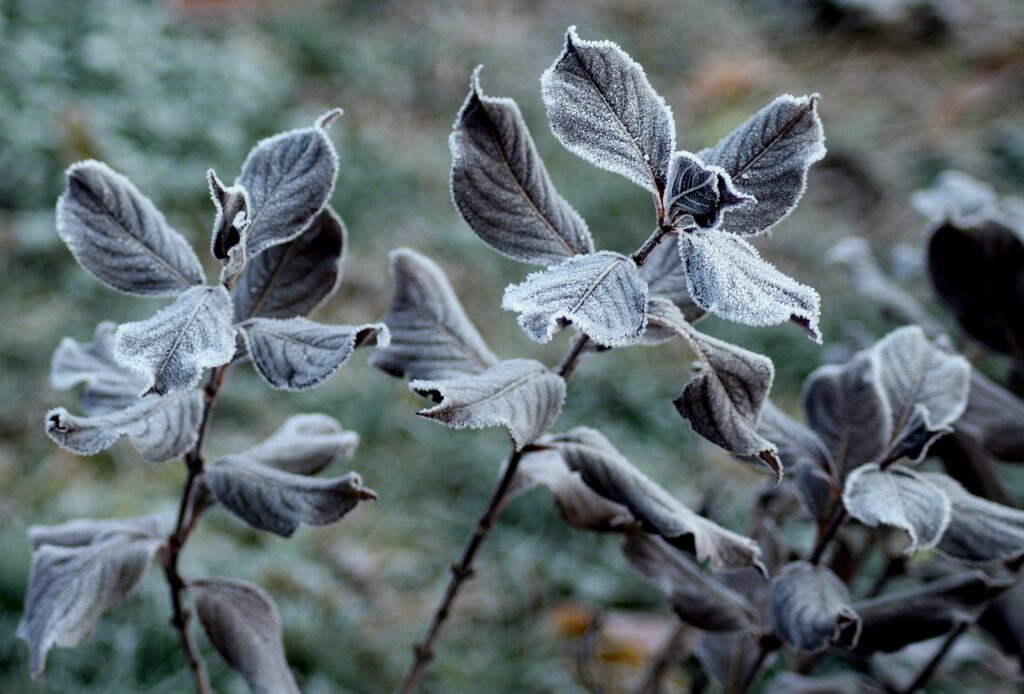
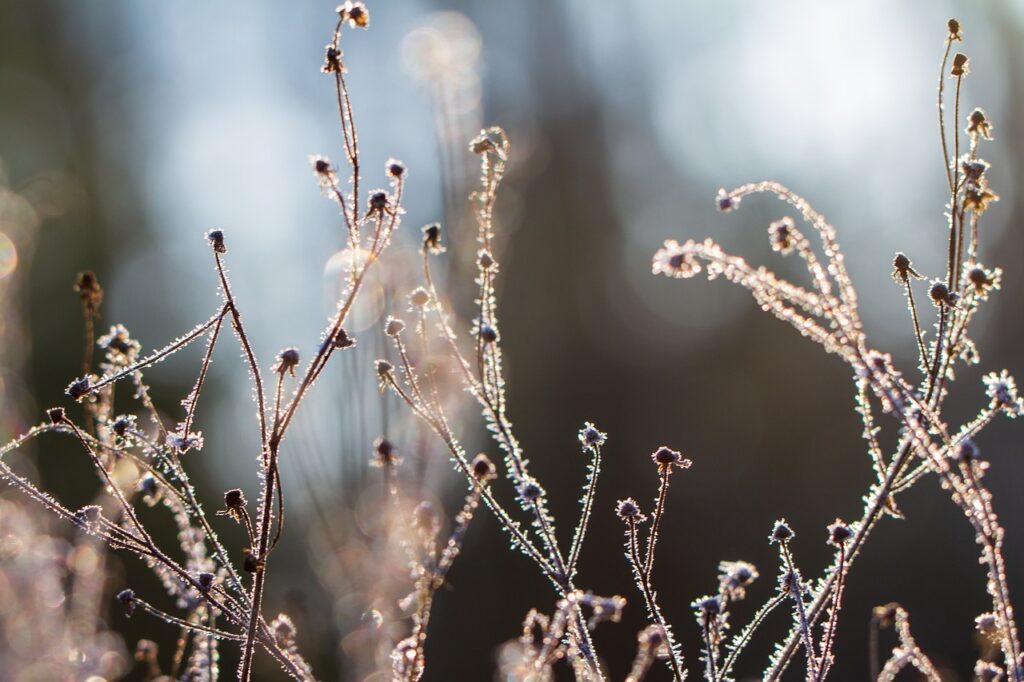
If you found our guide to plants for cold and exposed areas useful and are looking for more gardening advice, click here to discover more of our gardening guides